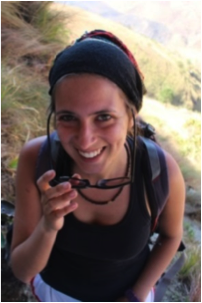 Website: http://www2.unine.ch/ecophy/page-26828_en.html;
Website: http://www2.unine.ch/ecophy/page-26828_en.html;
University of Pretoria, South Africa & University of Neuchâtel, Switzerland
Contact: rutemmendonca@gmail.com
Oxidative stress in Damaraland mole-rats
Helping frequently takes the form of energetically demanding activities, which involve high cellular oxygen consumption and the creation of by-product reactive oxygen species (ROS). ROS production can lead to oxidative stress (OS) and consequent cellular damages if its production is not counter-balanced by defence mechanisms such as antioxidants raising the question of whether OS represents a physiological cost of helping. Because antioxidants are limiting resources their allocation can face trade-offs, such as that between self-maintenance and reproduction. In cooperative breeding societies, where reproduction is monopolised by a minority of individuals, one may question whether breeders and non-breeders differ in the way they deal with such trade-off. Damaraland mole-rats offer an ideal study system to investigate these questions since reproduction is monopolized by a minority of breeders who are assisted by a majority of reproductively suppressed helpers displaying large individual variation in helping effort. My PhD aims to investigate: i) whether individual variation in helping behaviour is accompanied by variation in oxidative profile and if this can impact future reproductive success; ii) whether the need for increased helping effort differently affects breeders and helpers oxidative profile and iii) how breeding possibilities may affect OS and the optimal allocation of defences towards self-maintenance and reproductive functions.

